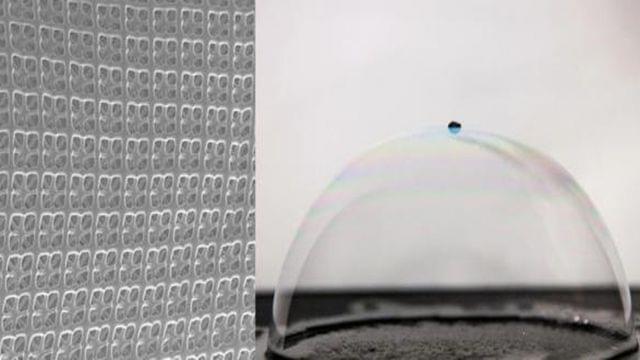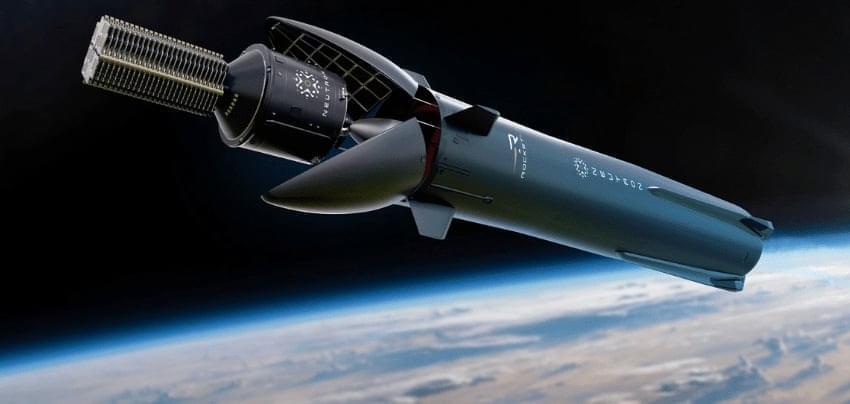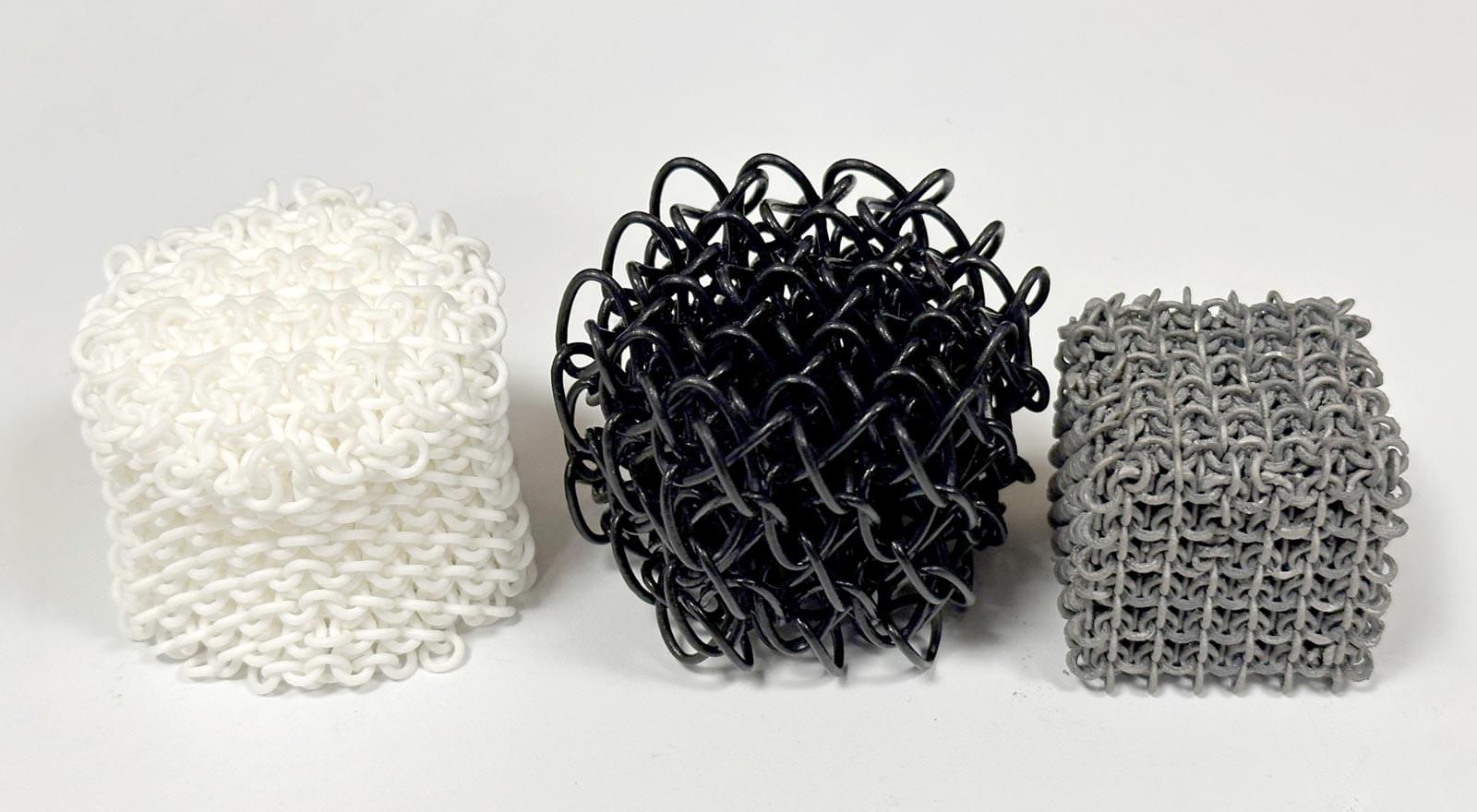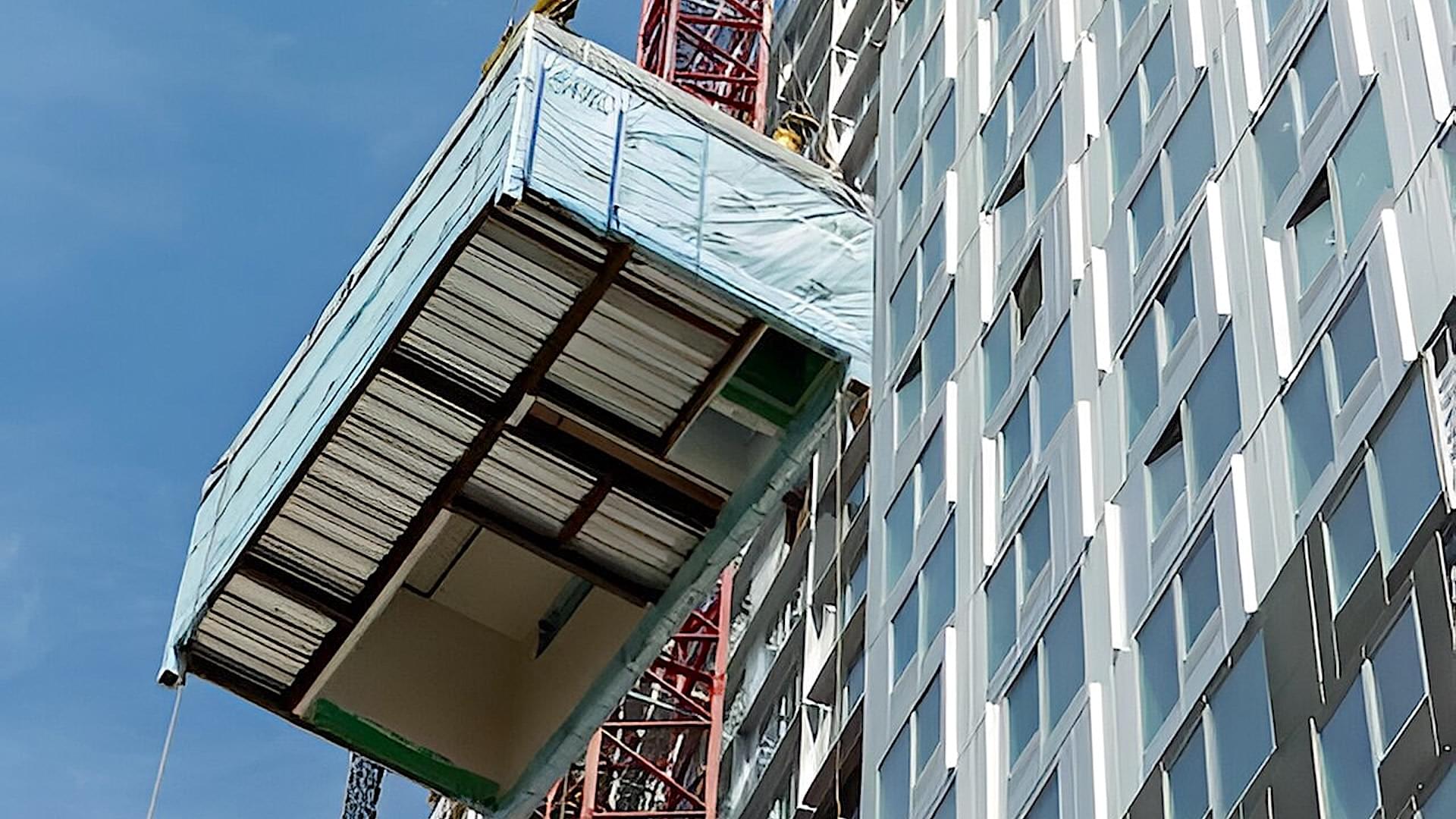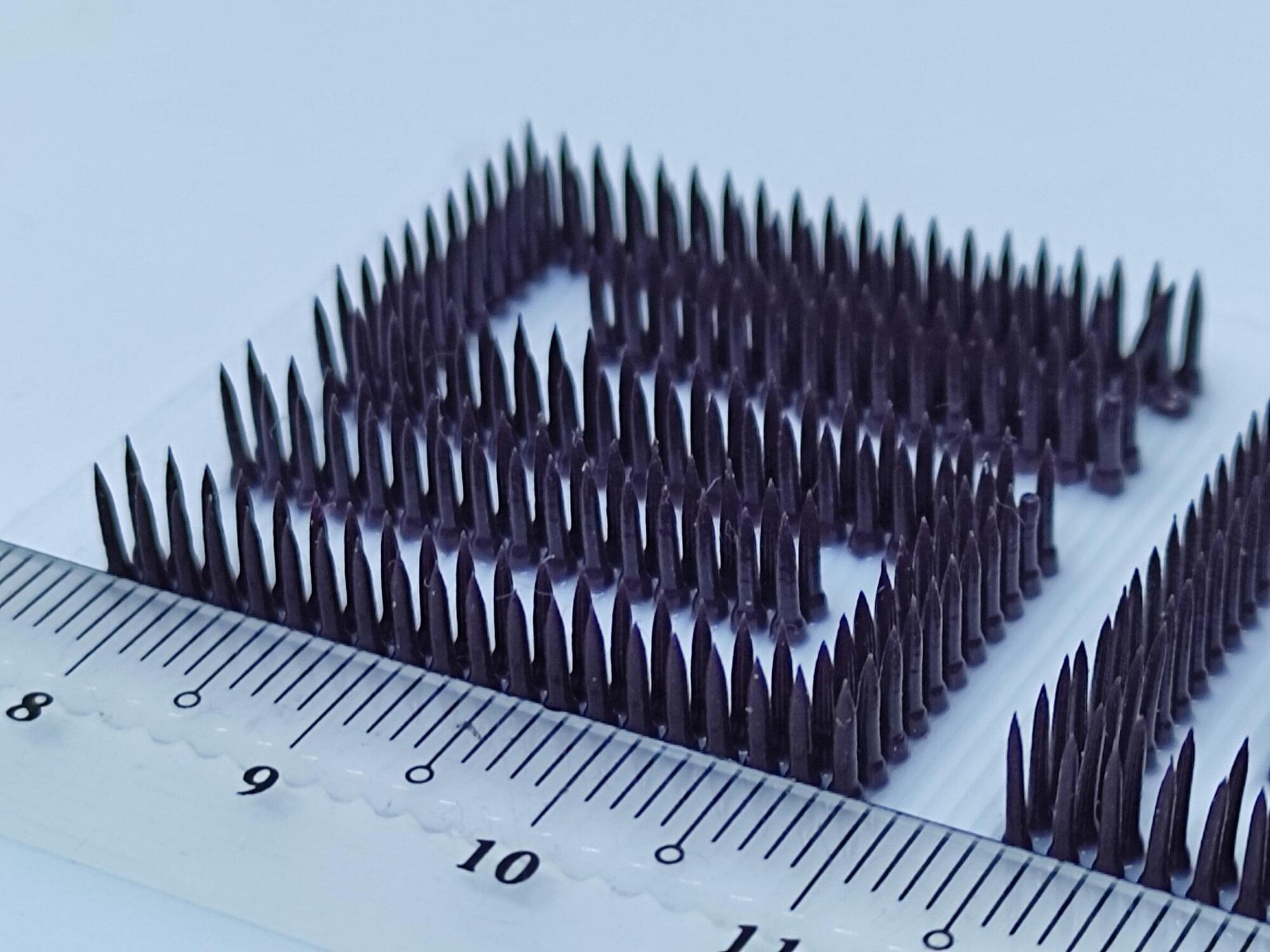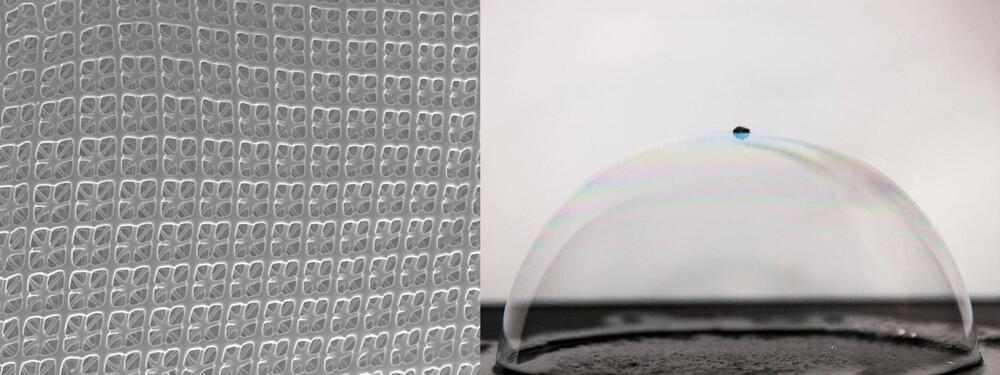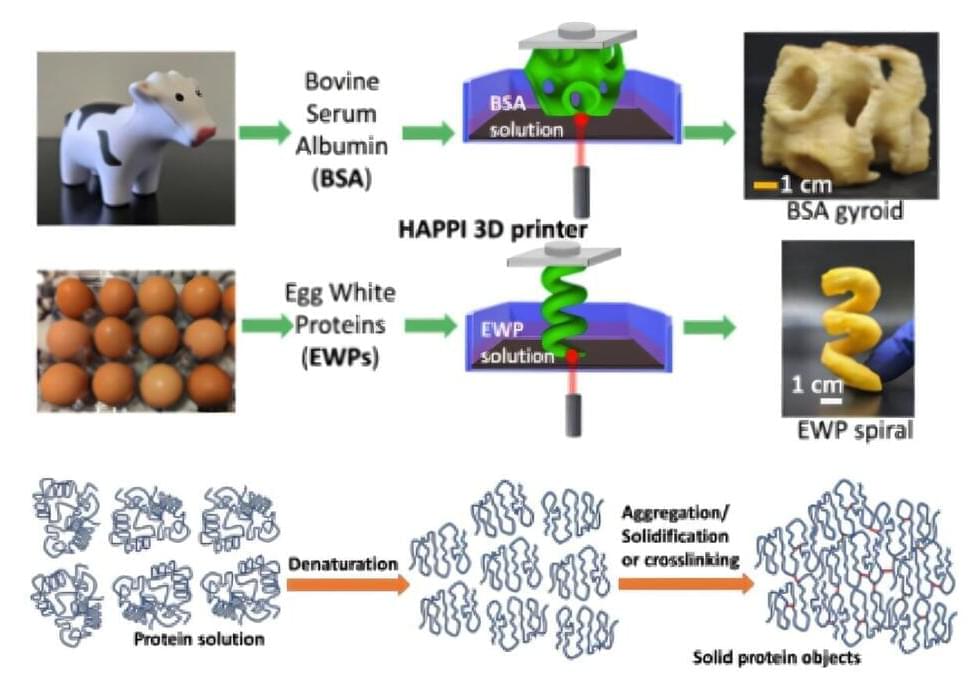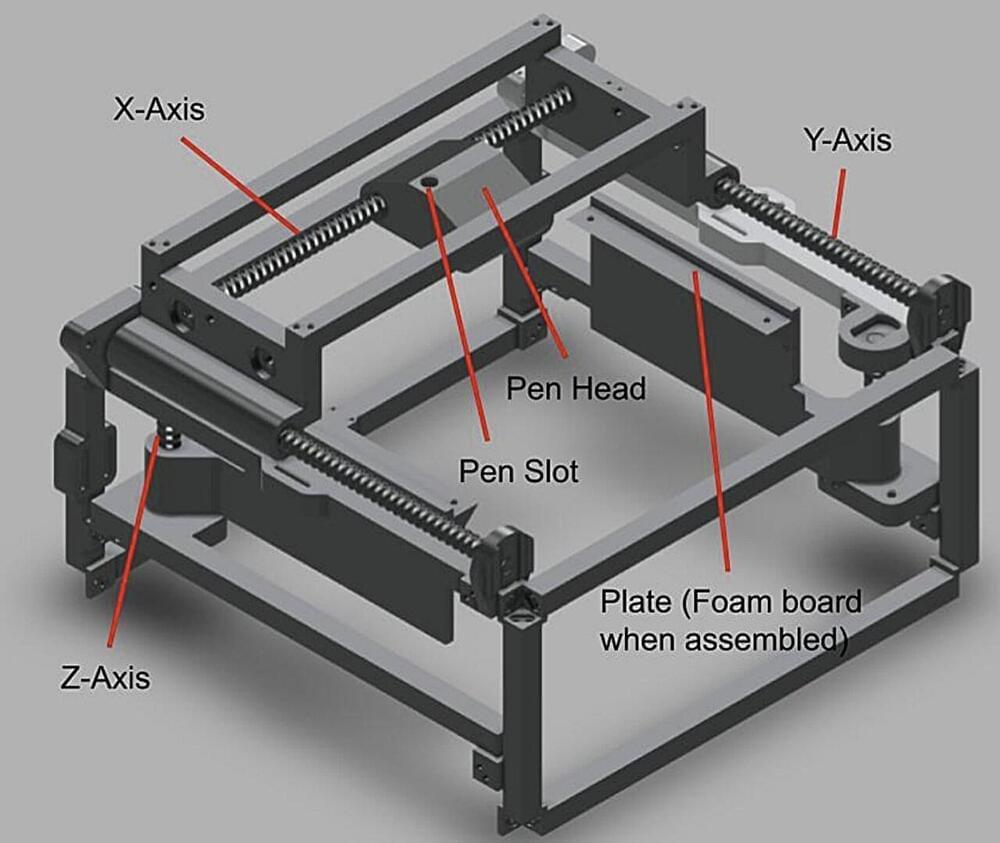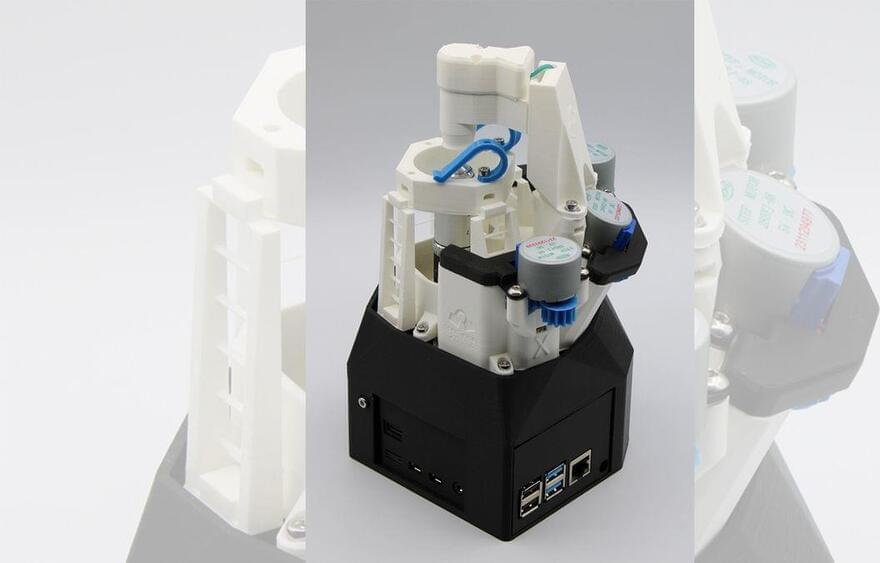To design their improved materials, Serles and Filleter worked with Professor Seunghwa Ryu and PhD student Jinwook Yeo at the Korea Advanced Institute of Science & Technology (KAIST) in Daejeon, South Korea. This partnership was initiated through U of T’s International Doctoral Clusters program, which supports doctoral training through research engagement with international collaborators.
The KAIST team employed the multi-objective Bayesian optimization machine learning algorithm. This algorithm learned from simulated geometries to predict the best possible geometries for enhancing stress distribution and improving the strength-to-weight ratio of nano-architected designs.
Serles then used a two-photon polymerization 3D printer housed in the Centre for Research and Application in Fluidic Technologies (CRAFT) to create prototypes for experimental validation. This additive manufacturing technology enables 3D printing at the micro and nano scale, creating optimized carbon nanolattices.
